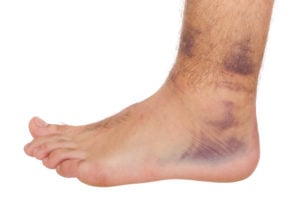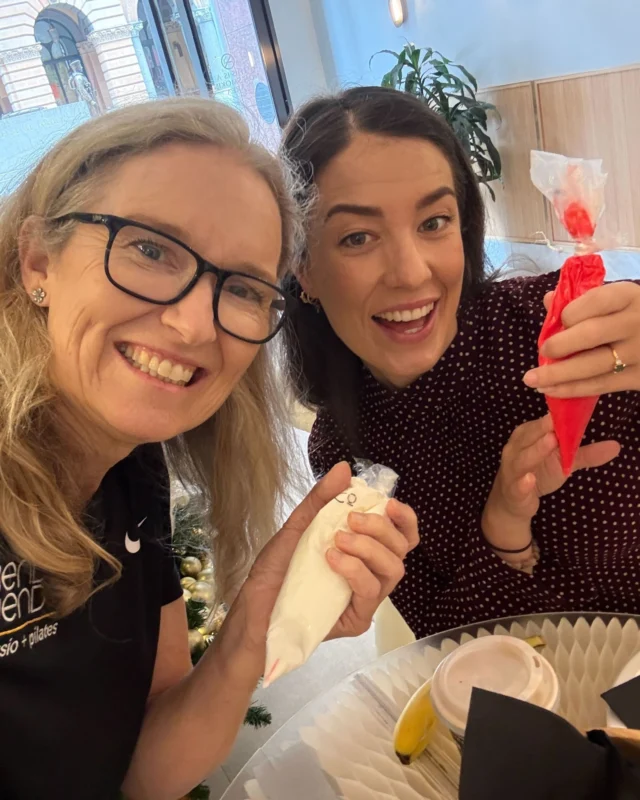You’ve been experiencing these colourful splotches since you were that over-excited kid in the sand pit all those years ago, but what actually is a bruise?
A bruise results from trauma to small blood vessels in your body called capillaries. The impact causes these capillaries to break and the blood they carry to be leaked into your tissues outside the vessel walls. That’s why bruises often start out looking red in colour as it is essentially blood right underneath your skin.
Why is blood red in the first place, you ask? The red comes from haemoglobin, a chemical that helps carry oxygen around your entire body.
Think about that bruise you’ve had from tripping over the coffee table late at night. After the initial smarting red phase, what colour does it turn to? More likely than not your bruise will develop a deep red/blue/purple colour over the next couple of days and then fade into a brown/ green hue a few days after that.
The purply blue colour reflects the decaying of haemoglobin and iron in the blood. Then the browny green indicates that the haemoglobin is clearing from the area, before returning to your skin colour – usually after 1- 3 weeks depending on the initial severity of the trauma. In other words, don’t worry about the changes in colour with a bruise, it’s all part of your body’s process to heal the area.
How do you minimise the size of a bruise and swelling?
The best way to keep bruising and swelling down is the RICE method.
Rest – For 2 days following the injury try not to over exert that particular area.
Ice – Use an ice pack straight after the bump. The best method is 20 mins on, half an hour off. Make sure not to apply ice directly to the skin as it can give you an ice burn! Place a cloth between the ice pack and your skin.
Compression – You can use a compression garment over the area of bruising or swelling to help prevent the blood from pooling.
Elevation – Elevate the injured area so that it’s above the level of your heart. This way you can use gravity to your advantage and allow the swelling to drain.
Remember if your worried about your bruise or you still have ongoing pain or dysfunction from the actual injury, contact us here at Bend + Mend in Sydney’s CBD and book in to see one of our qualified Physiotherapists.






